Cholesterol
There are two types of cholesterol: good and bad. Too much of one type or not enough of another can put you at risk for coronary heart disease, heart attack, or stroke. A simple blood test can measure levels of both good and bad cholesterol.
- "Good" Cholesterol - High-density lipoproteins (HDL) absorbs bad cholesterol and carries it back to the liver to remove it from the body. High levels of HDL reduce the risk of heart disease and stroke.
- "Bad" Cholesterol - Low-density lipoproteins (LDL) makes up the majority of the body's cholesterol. High levels of LDL can build up in the arteries and result in heart disease.
Most high cholesterol is due to health behaviors that people can change, such as eating a lot of unhealthy food or not exercising.
What you should do to maintain healthy cholesterol levels
- Eat a heart-healthy diet: limit foods high in trans and saturated fats, cholesterol and salt, and eat low-fat protein sources like lean meat, poultry and fish, and eat vegetables, fruits and whole grains.
- Maintain a healthy weight for your body type and height.
- Exercise regularly. Most adults need at least 30 minutes of moderate physical activity at least five days per week such as walking briskly, mowing the lawn, dancing, swimming or bicycling.
- Don't smoke.
- Have your blood tested for cholesterol levels. Ask your doctor how often you should be screened for high cholesterol. Testing should be done more often if:
- Your total cholesterol is 200 mg/dL or more;
- You are a man over age 45 or a woman over age 50;
- Your HDL (good) cholesterol is less than 40 mg/dL;
- You have other risk factors for heart disease and stroke.
- Talk with your doctor about how often you should be tested and how to reduce your risk for heart disease.
